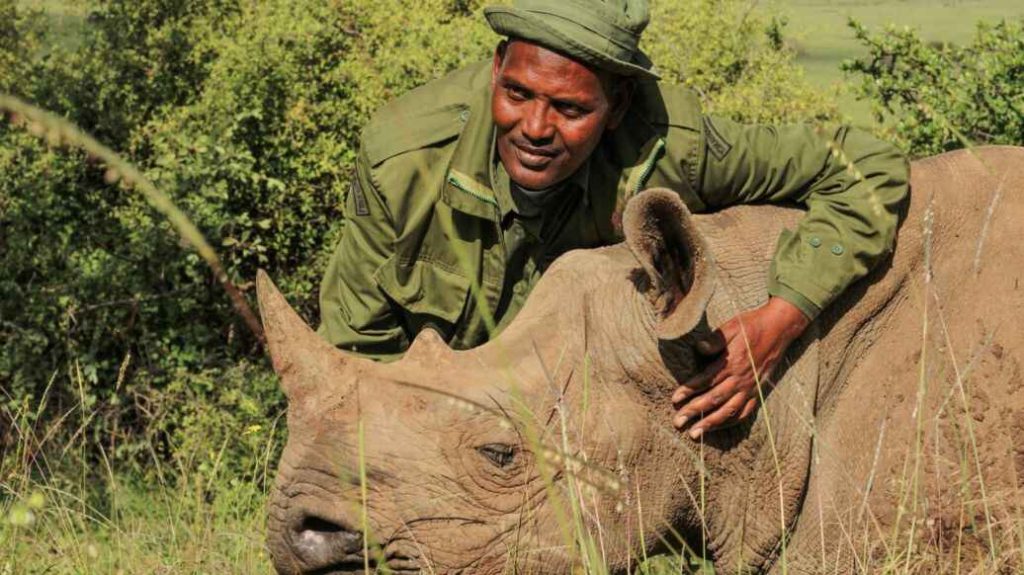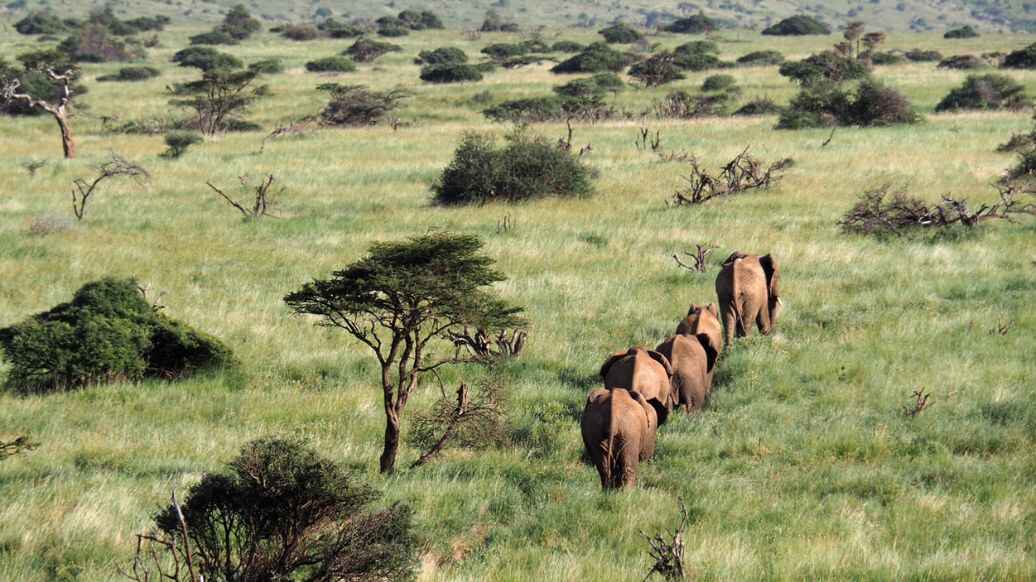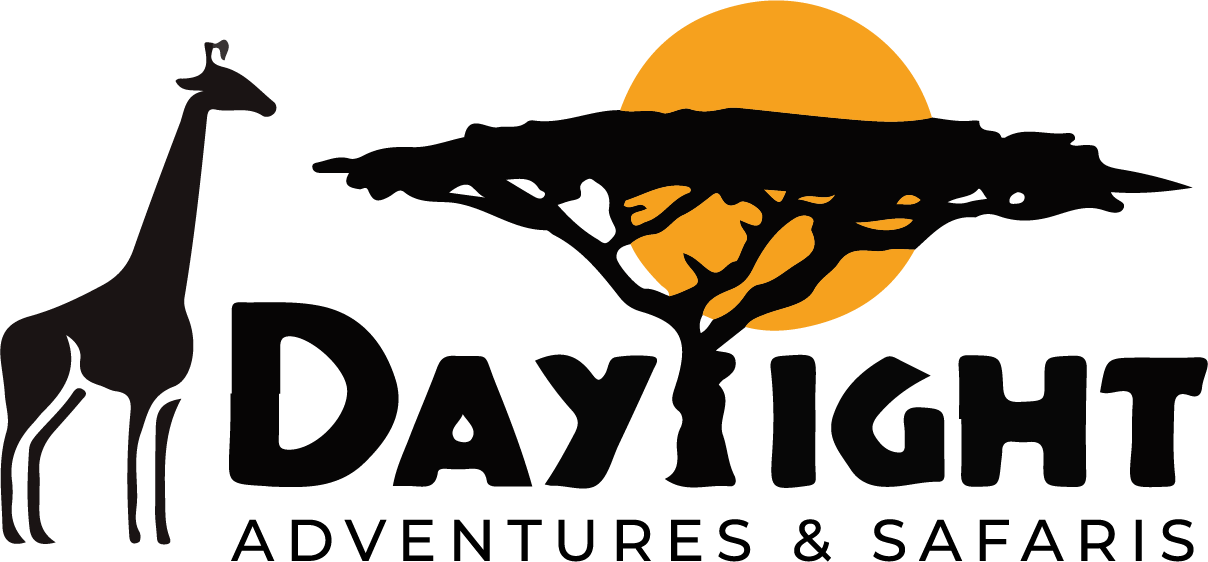Lewa Wildlife Conservancy
DESTINATION DETAILS
About Lewa Wildlife Conservancy
Located south of the vibrant town of Isiolo and nestled near the expansive Laikipia Plateau, the Lewa Wildlife Conservancy stands as a beacon of conservation excellence in Kenya. Originally established as a cattle ranch by the Craig family in the 1920s under a colonial settlement program, its transformation into a sanctuary for the endangered Black Rhino marks a pivotal moment in its history. Ravaged by poaching, the Black Rhino population dwindled to less than 300 in the 1980s, prompting the conversion of part of the ranch into a safe haven for these majestic creatures. In 1995, the Conservancy was formally founded, expanding its protection to encompass the entirety of the farm and a portion of the Ngare Ndare Forest Reserve.
Renowned as an award-winning model for community-driven conservation, Lewa Wildlife Conservancy offers visitors a chance to witness conservation in action while enjoying an array of alternative safari activities. Home to a thriving population of endangered Black Rhinos, the conservancy also boasts sightings of Grevy’s zebras, adding to its allure as a haven for rare wildlife.
Accessing this wildlife paradise is convenient, with daily scheduled flights from Nairobi’s Wilson Airport landing directly at the conservancy’s private airstrip. For those opting for a road trip, the conservancy is a picturesque four-hour drive from Nairobi along the Thika Road.
Once within the conservancy’s embrace, visitors are treated to an array of activities that showcase the richness of the African savannah. From exhilarating game drives in specially adapted safari vehicles to leisurely bush walks accompanied by knowledgeable local guides, every moment promises adventure and discovery. For a unique perspective, guests can embark on horse or camel rides, immersing themselves in the sights and sounds of the wilderness.
Beyond wildlife encounters, Lewa offers insights into local culture and conservation efforts. Visitors can explore the Maasai Cultural Village or participate in community projects, fostering a deeper connection with the land and its people.
Accommodation at Lewa Safari Camp epitomizes rustic luxury, with tented suites nestled under thatched roofs offering sweeping views of the surrounding landscape. Guests can unwind in the main lodge, adorned with lush gardens overlooking a sparkling swimming pool, after a day of exploration.
The climate at Lewa Wildlife Conservancy adds to the allure, with warm days peaking at a comfortable 30°C and cool evenings inviting cozy blankets. Rainfall, mostly in May and November, rejuvenates the land, sustaining its vibrant ecosystem.
In essence, a visit to Lewa Wildlife Conservancy is not just a safari but a journey of conservation, community, and connection to the natural world—a testament to the power of sustainable tourism in preserving our planet’s precious biodiversity.


The ideal time to visit Lewa Wildlife Conservancy is during the dry season, from June to October, for optimal wildlife viewing.
Home of
Black rhino
Peak Time
Jul - Oct
Famous For
A safe refuge for the critically endangered black rhino and the endangered Grevy's zebra, as well as the elephant, lion, giraffe, wild dog and other iconic wildlife species in Kenya.
Best Time to Visit
Jul - Oct, Jan - Feb
FAQs
What wildlife can I expect to see at Lewa Conservancy?
At Lewa, you can spot the Big Five along with endangered species like Black Rhino, Grevy’s Zebras, and Reticulated Giraffes.
What conservation initiatives are supported by Lewa Conservancy?
Lewa actively engages in community-driven conservation projects, including anti-poaching efforts, habitat restoration, and wildlife research.
How can I contribute to conservation efforts during my visit?
Visitors can participate in community projects, such as tree planting or educational programs, and support local initiatives through donations.
Are there any cultural experiences available at Lewa Conservancy?
Yes, guests can visit the Maasai Cultural Village to learn about traditional customs, dances, and crafts of the Maasai people.
What accommodation options are available at Lewa Conservancy?
Accommodation ranges from luxury tented camps to eco-friendly lodges, offering comfortable stays amidst the wilderness.
When is the best time to visit Lewa Conservancy?
The dry season, from June to October, is ideal for wildlife viewing, while the Safaricom Marathon in June offers a unique experience for runners.
Is Lewa Conservancy worth visiting?
Yes, Lewa is definitely worth visiting for its successful rhino conservation efforts and diverse wildlife.
Who owns Lewa Safari Camp?
Lewa Safari Camp is owned and operated by the Lewa Conservancy nonprofit organization.
What animals are found there?
Key species include rhinos, elephants, lions, leopards, cheetahs, and rare species like Grevy’s zebras.
How do I get to Lewa?
You can drive from Nairobi (around 5 hours) or fly to nearby airstrips like Lewa Downs or Ngare Ndare.
How big is Lewa Conservancy?
Lewa Wildlife Conservancy covers an area of around 250 square kilometers.
What are Lewa's objectives?
Key objectives are rhino conservation, protecting endangered species, community development programs.
How many lions are there?
Lewa hosts a healthy population of over 30 lions within the conservancy.
What country has the most rhinos?
South Africa has the largest remaining rhino populations globally.
How many black rhinos in Kenya?
There are estimated to be around 750 black rhinos remaining in Kenya.
Are the animals in Lewa wild?
Yes, all the animals in Lewa Conservancy are fully wild and able to roam freely within the protected area.
Book Now
Any Question? Feel Free to Contact
Our safari consultants are here to respond to your queries with precision and clarity. So don’t hold back!
